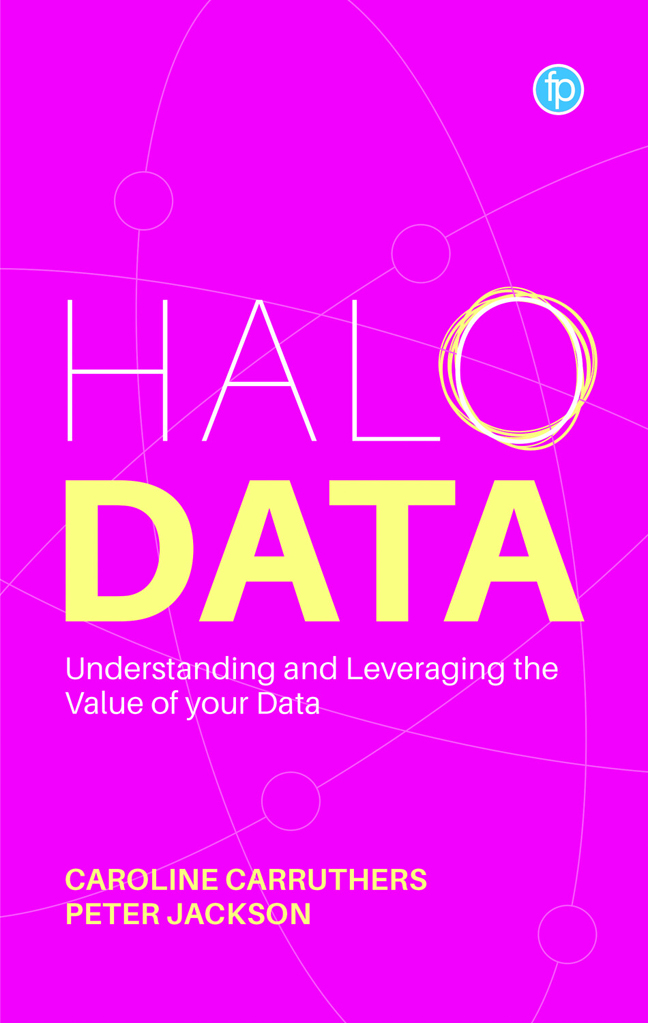Book contents
- Frontmatter
- Dedication
- Contents
- Figures and Tables
- About the Authors
- Acknowledgements
- Introduction
- 1 Who Owns the Definitions and Terms about Data?
- 2 What is Metadata?
- 3 Other Ideas of Data Value and Monetisation
- 4 Value from a Different Source
- 5 Hello Halo Data
- 6 Getting to Know Halo Data
- 7 Early Examples of Halo Data Approaches
- 8 Halo Data and Data Ethics
- 9 Halo Data Framework
- 10 Halo Data Applied Risk Assessment, Regulation, Customer, the Citizen
- 11 Halo Data and Storytelling
- Conclusion
- Index
11 - Halo Data and Storytelling
Published online by Cambridge University Press: 17 December 2023
- Frontmatter
- Dedication
- Contents
- Figures and Tables
- About the Authors
- Acknowledgements
- Introduction
- 1 Who Owns the Definitions and Terms about Data?
- 2 What is Metadata?
- 3 Other Ideas of Data Value and Monetisation
- 4 Value from a Different Source
- 5 Hello Halo Data
- 6 Getting to Know Halo Data
- 7 Early Examples of Halo Data Approaches
- 8 Halo Data and Data Ethics
- 9 Halo Data Framework
- 10 Halo Data Applied Risk Assessment, Regulation, Customer, the Citizen
- 11 Halo Data and Storytelling
- Conclusion
- Index
Summary
Data storytelling is the process of translating data analyses into understandable terms in order to influence a business decision or action. Data analysis focuses on creating valuable insights from data to give further context and understanding to an intended audience.
With the rise of digital business and data-driven decision-management, data storytelling has become a skill often associated with data science and business analytics. The idea is to connect the dots between sophisticated data analyses and decision-makers who might not have the skills to interpret the data.
(Alexander S. Gillis and Nicole Laskowski, ‘Data Storytelling’, Techtarget, December 2022, www.techtarget.com/searchcio/definition/data-storytelling)Why storytelling is needed in data
Gillis and Laskowski provide an excellent definition of data storytelling and why it is important. Often we use data to drive decisions, create action or influence opinions and positions. This may be a decision about a performance marketing strategy, about a financial investment or transaction, about how much raw material to buy or how fast to run the engines. As data professionals we all know and hope that decisions are based on data and enabled by data, if not actually data driven. One problem that we have, however, is that not all decision makers are sufficiently data literate to understand or interpret the raw data that is put in front of them, either in the dreaded spreadsheet or on the equally dreaded ‘dashboard’. It is an even greater leap to expect business decision-makers to understand the output from a ML model or indeed the model itself or how it was trained or how it is calibrated. To get around these issues data leaders have increasingly realised that they need to be interpreters or narrators so as to make the data understandable and to enable engagement with insights. Scott Taylor, The Data Whisperer, is one of the leading practitioners and evangelists for data storytelling. It is all about connecting the dots, creating the narrative that brings the data alive to impact on decisions and actions. We often talk about ‘actionable insights’, but if the insights don't create action then they are of little value.
What we are talking about here is using the power of data storytelling to influence operational decisions for the course of the business.
That, however, is only one aspect of the storytelling. Often data leaders need to create the narrative that builds the connection between a data activity and a business outcome.
- Type
- Chapter
- Information
- Halo DataUnderstanding and Leveraging the Value of your Data, pp. 143 - 152Publisher: FacetPrint publication year: 2023

